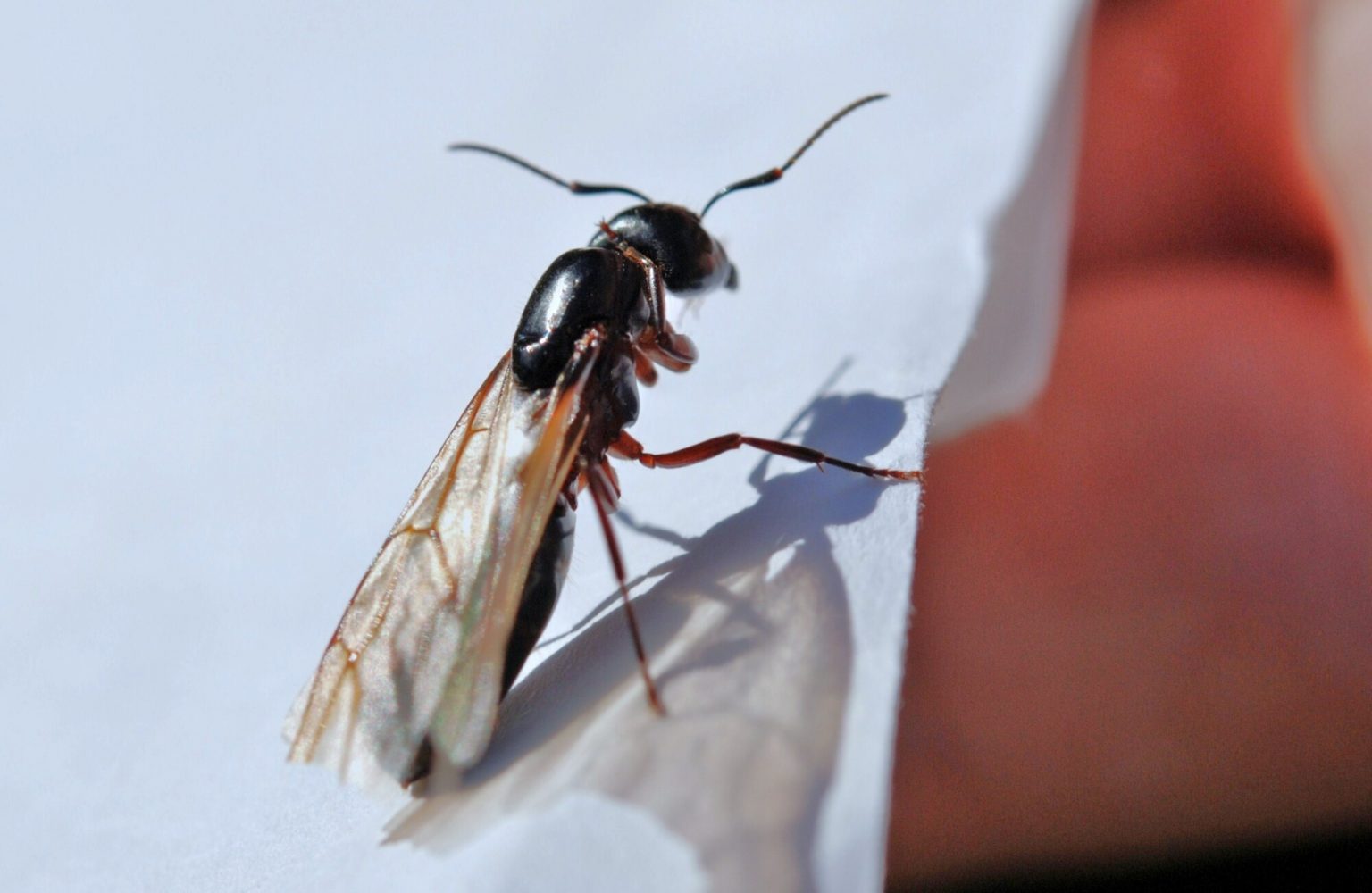
Use the knife to spread the paste onto small pieces of cardboard. Place the bait outside of your home near entryways and ant hills. Find a small, disposable container with a lid and poke small holes in the top. Be careful that the holes aren’t so small so that the ants are still able to crawl inside.
Calling the Exterminator
That said, ants may carry bacteria, making them potential transmitters of disease or infection. For example, a small 2019 animal study showed that Monomorium ants can carry pathogenic bacteria, which can be dangerous to people. Of course, keeping your yard in good shape and appealing to ants (as well as for yourself) is easiest with the right gear. Below, we’ve highlighted a top-rated battery lawn mower, string trimmer, and leaf blower. But think twice before you grab a can of bug spray and start crop-dusting your kitchen countertops.
Keep Pet Food Away
Cucumber and citrus fruit peels contain chemical compounds similar to those used in some ant repellents. Placing cucumber, lemon or orange skins near areas of ant activity can quickly encourage the insects to move on. Because ants swarm, once you have an infestation, they can be difficult to dislodge. It takes vigilance and a combination of treatments using both home and perimeter insect control, but an ant problem can typically be resolved within a week or two. Follow-up prevention is key to ensure that they do not return.
Where Do Ants Live?
This product is available for purchase at your local hardware store. Mix 20 drops of peppermint oil with warm water in a spray bottle. Spritz the ant spray along baseboards, windows, and doors and allow to dry.
Is Ant Spray Safe for Pets? HowStuffWorks - HowStuffWorks
Is Ant Spray Safe for Pets? HowStuffWorks.
Posted: Wed, 24 Jan 2024 08:00:00 GMT [source]
Ghost ants are a similar size to Pharaoh’s ants and are pale coloured with a dark thorax and head. Both Pharaoh’s ants and Ghost ants should be dealt with by a professional. The British Pest Control Association have an online directory where you can find your nearest pest controller. Lured in by the prospect of food, ants will find any way they can into our homes. And in the summertime, with the windows and doors thrown wide open, they can be even more persistent. As one of the most detested insects in Southern California, both by property owners and other insects, Argentine ants have a negative impact on our surrounding ecosystem.
Cotton Ball Traps
But since the Argentine ant has made it to Southern California, native ants haven’t stood a chance. Argentine ants are an invasive species that can take on opponents up to 10 times their size—especially as an army of thousands come together as one. Argentine ants specifically seek out a sweet substance called honeydew, secreted by tiny plant-destroying insects called aphids. To prevent Argentine ant issues, control your aphid population by reducing the number of plants in your garden and spraying existing plants with cold water, which is a known aphid deterrent. If you have a minor ant problem, another approach is to spray peppermint oil or vinegar to disrupt the ants' pheromone trails.
What kind of ants are we dealing with here?
They can be dark brown, black, or light yellowish-brown in color, and while very annoying they do not pose serious risk. Keep foods sealed, pet bowls empty, floors swept, and all surfaces clean. Once you notice ants, don't clean away the ant trails until you have eliminated the infestation so the ants find the bait and carry it back to the nest.
Largely a nuisance pest, these ants multiply quickly, and an infestation can grow to large numbers in a relatively short amount of time. Then you can use natural deterrents, like coffee, white vinegar, citrus peel, or peppermint oil, which work to disrupt the pheromone trails that guide other ants. You don’t want the mixture to be so strong it kills the ants immediately because you want them alive to take the poison back to the nest. Keep doing this until you have eliminated the infestation and keep replacing the boric acid mixture as needed. Here at Lloyd, we provide innovative, eco-friendly ant control solutions for your home, going above and beyond simple, self-applied bait treatments. It's not practical to attempt to get rid of all ants in an outdoor environment.
'There is a possibility that ants could be entering the building through an open door, a window, or even through small cracks or holes in the structure itself,' says Nigel Bearman. 'Most commonly, they can be found within the interior walls of the house, within the window frames, indoors or in hidden locations. Walking into the kitchen and seeing a swarm of ants scurrying towards our cabinets is not a pleasant sight to be greeted by. Knowing how to get rid of ants is essential for keeping these tiny pests away, so we can cook and eat in our kitchen knowing they aren't around.
Carpenter ants bore into wood structures, leaving behind little piles of sawdust. Some people believed that this type of ant was one of the plagues of ancient Egypt, and that's how it got it's name. It's a common household ant and one of the hardest to control because they nest in hard-to-reach areas of your home. These are more of a pest than an actual problem — they don’t carry diseases or damage your home. They have dark bodies that are usually less than an eighth of an inch long and release a unique smell when they’re crushed. Ants are common pests that nobody wants in their home, yet nearly everybody has to deal with at one point.

Peppermint is another natural repellent to a vast majority of insects. Be extra careful whenever using essential oils around your house because exposure may make pets extremely ill. Find peppermint oil at your local grocery store or shop for it online. “A licensed pest control professional will be able to properly identify the ant species, which will influence the type of treatment recommended,” Bentley said. Lurking inside cupboards, under rocks and in woodpiles, you’ll find ants almost everywhere — in the city and on the farm. Their nests can be found in above-ground mounds, burrowed in tree trunks or located deep underground, their extensive network of chambers unseen by the casual observer.
Exterminators sometimes cost hundreds of dollars when there are much simpler and more natural solutions for us to use. Even when you feel like it’s time to give up, there are tons of ant killer recipes and tips that you may not have tried yet. For every one cup of water, mix three tablespoons of Borax in a large pot and bring it to a boil.
The natural acids in tangy citrus, such as lemon, orange, lime and grapefruit, work wonders at keeping ants at bay by masking their scent trails — at least temporarily. Squeeze lemons into a spray bottle, or rub a pureed blend of orange peel and water on window sills and doors jambs to discourage the itsy-bitsy insects from crossing over. Create a syrupy paste with borax, confectioner’s sugar and water. Put the mixture inside shallow containers with narrow, ant-sized openings and place them near ant mounds or wherever you see ants. Enticed workers carry the sweet substance back to the nest to share with their friends. Ant-proofing your home takes a combination of planning ahead and a commitment to daily cleaning habits.
Citrus fruits, like lemons and oranges, act as a natural repellent. Ants don’t like the smell of the citrus juices and tend to stay away from them. “Good sanitation reduces ant attraction to your home, but you still may need to exclude them from it. Common exclusion practices include caulking any gaps present in windows, doors or cracks in the building foundation,” said Tim Husen, Orkin entomologist and technical services manager. Scatter all-purpose flour liberally at door thresholds, on window sills and across foundations. Or use a sifter to apply a dusting of flour directly along their path to disrupt their pheromone trail.
You can spray or wipe lemon juice to detract ants by removing pheromone trails and masking the scent of food. You can also use boric acid as an ingredient in do-it-yourself (DIY) ant traps. Mix the powder with something sweet that will attract ants, such as maple syrup or corn syrup. Spread on a flat, disposable surface like cardboard and place in areas where you see ants. It’s best to use neem oil around plants, especially where you see aphids or ants. Ants farm aphids (small sap-sucking insects), so poisoning the aphids with neem oil can take care of both types of pests.

No comments:
Post a Comment